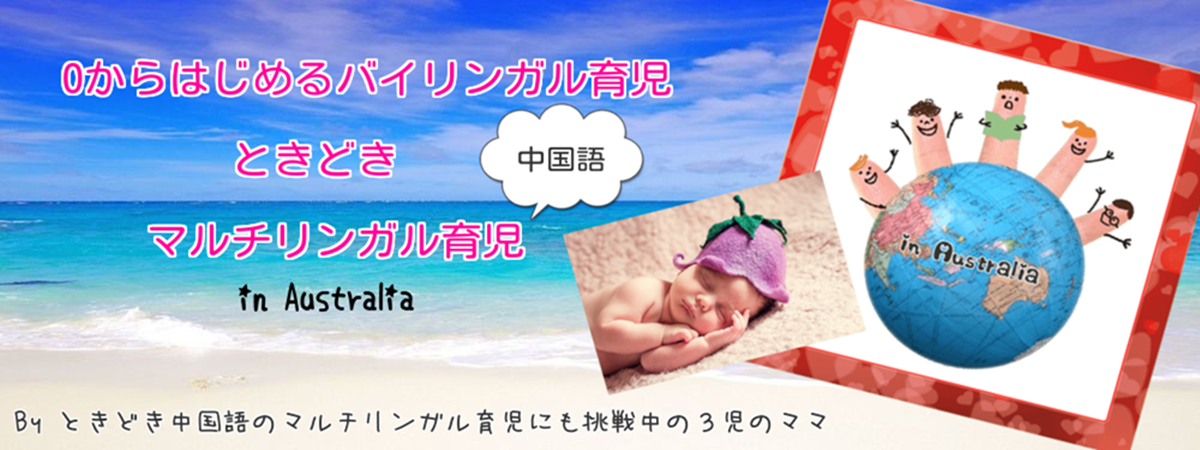3月3日のひな祭り♪桃の節句とも呼ばれる女の子の成長を祈る日は、
日本の伝統行事。
外国人にとっては、あの豪華な雛人形がとても好評なんです。
前回の記事では、ひな人形の説明を英語でしようというフレーズをご紹介しましたが、
今日は、ひな祭りに食べる食事を英語で説明しよう!
こんにちは!
バイリンガル育児アンバサダーのさとみんです。
ひな祭りに食べる食事、いろいろありますね。
特に、ひな祭りといえば、菱餅やひなあられ!!
美しいですよね。
海外にはない食べ物なので、外国人に説明するのはちょっと大変?
ひな祭りの伝統的な食べ物、菱餅の色の説明や意味もとことんしっかりまとめました!
Contents
ひな祭りの伝統料理や食事を英語で説明しよう!

We eat traditional dishes on Hinamatsuri. They are Chirashi-sushi which means Scattered sushi, clam soup, sweet white sake called Shirozake, tiny ball shaped rice cracker called Hina arare and a diamond-shaped rice cake called Hishimochi for the Hinamatsuri(doll’s festival).
ひな祭りに伝統料理を食べます。
ひな祭りの伝統料理とは、
散らばった寿司という意味のちらし寿司、はまぐりのお吸い物、白酒と呼ばれる甘い白いお酒、雛あられと呼ばれる小さなボール型のお米のクラッカー、ダイアモンド型のひしもちと呼ばれるお餅のケーキです。
Clam represents a happy couple, and wish for girls to find the right person to spend the rest of their life.
ハマグリは、幸せな夫婦を意味しており、女の子がふさわしい配偶者を見つけ生涯添い遂げることを祈るものです。
We have clam as clear soup on Hinamatsuri.
ひな祭りの日には、ハマグリをお吸い物として頂きます。
Hina-arare have four colours, pink, green, yellow and white and each colour represents spring, summer, autumn and winter. They are a symbol of abundant year for girls, and wish for a happy life.
ひなあられは、桃、緑、黄、白の4色です。それぞれの色には意味があり、春、夏、秋、冬を表しています。ひなあられは、女の子にとって豊かな1年のシンボルであり、幸せな人生を祈願するものです。

Actually Chirashi-sushi doesn’t have a particular meaning for Hinamatsuri. However, each topping such as prawn, egg, and Lotus root are a kind of lucky charms.
実は、ちらし寿司には特別な意味はないのですが、それぞれのトッピングの具はラッキーチャームのような感じです。
菱餅を英語で説明しよう!菱餅の色と形の意味を英語で説明しよう!

Hishimochi are very beautiful three layered rice cake. They have red, white, and green colour.
菱餅は、とても美しい3層のお餅で出来たケーキです。赤、白、緑です。
The each colour has important meanings. The red is for protecting from evils or peach blossom, the white for purity, and the green for health and long life.
それぞれの色は重要な意味を持っています。赤は、魔よけまたは桃の色、白は純潔の色、緑は健康や長寿を意味しています。
They are diamond-shaped cake. It is believed as a shape of heart, or a shape of Water chest nuts.
菱餅は、ダイアモンド型のケーキです。その形は、心臓の形だとか、原材料の菱の実の形だとか言われています。
It is believed that Hishimochi became a diamond-shaped in the beginning of Edo era(1603~1868).
菱餅がダイアモンド型になったのは、江戸時代初期だと言われています。
Originally Hishimochi were green colour only which were made of Japanese mugwort which means good health and long life, then white as Water chest nuts flavour which means purity, and finally red colour Gardenia pigment added in Meiji era(1868~1912). The red colour represents a protection from evils and colour of peach blossom.
もともとは、菱餅は健康や長寿を表すヨモギからの緑色だけでしたが、純潔を表す菱の実の白が加わり、最後にクチナシ色素の赤色が加わったのは、明治時代です。赤い色は、魔よけの色や桃の花の色を表しています。
Hishimochi’s colour layers are from the top, red, white, and green, or red, green, and white.
菱餅の色の層は、上から赤、白、緑、または、赤、緑、白です。
The meaning of red, white and green layers is that a fresh green sprout is waiting under snow, and then peach blossom next.
赤、白、緑の層の意味は、新芽が雪の下から芽吹き、桃の花が咲くという情景という意味です。
☆ひな祭りの食べ物に関する英語☆
ちらし寿司 Chirashi sushi (Scattered sushi)
白酒 Shirozake (Sweet white sake)
ひなあられ Hina-arare (Tiny ball shaped rice cracker)
菱餅 Hishimochi (Diamond-shaped rice cake)
餅 Rice cake
はまぐり Clam
菱の実 Water chest nuts
クチナシ Gardenia
クチナシ色素 Gardenia pigment
桃の花 Peach blossom
まとめ
実は、私、今まで菱餅の色の意味も、ひなあられの色の意味も知りませんでした~!!汗
とてもいい勉強になりました。笑
菱餅の色の順番はいくつか種類があるんですね。
雪の下の新芽が芽吹いて、桃の花が咲くというイメージは日本ならでは。
外国人にとっても、とても興味深いお話でしょう。
これから東京オリンピックもありますし、
日本の文化を子供たちが英語で説明できたら素晴らしいですね♪
ひな祭り、桃の節句、ひな人形について英語で説明したいなら
こちらの記事がおすすめです。
ひな祭りや桃の節句を英語で説明しよう!雛人形のお内裏様とお雛様って英語で何て言う?

